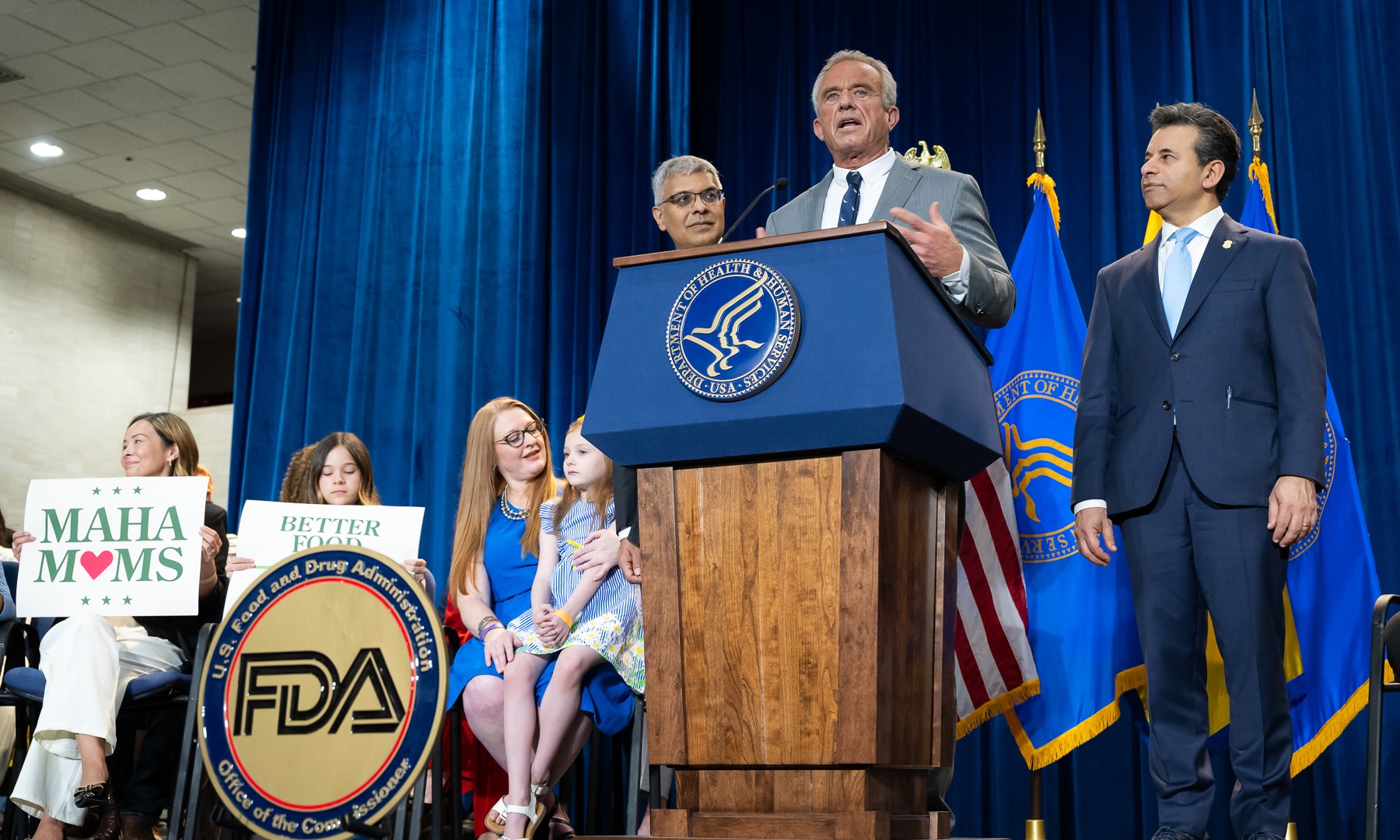Federal health authorities have introduced a significant policy change regarding the use of fluoride in supplements, sparking a new wave of debate among healthcare professionals, environmental advocates, and parents concerned about public health. The U.S. Food and Drug Administration (FDA) has announced new restrictions on fluoride supplements, positioning this decision as part of a broader initiative under the Modernization of Active Health Approaches (MAHA) agenda. The move marks a turning point in the ongoing discussion about the benefits and potential risks associated with fluoride consumption, particularly in children’s dental care.
A shift in fluoride regulation and public health focus
For many years, fluoride has been recognized as a fundamental element in combating tooth decay, with its presence in water supplies, oral hygiene items, and prescribed supplements extensively endorsed by public health organizations. Nevertheless, the recent measure by the FDA signals increasing apprehension regarding excessive fluoride exposure and its potential enduring consequences. With these updated regulations, medical professionals will encounter more stringent directives concerning the recommendation of fluoride supplements, particularly for babies and toddlers residing in areas where water sources already contain fluoride.
This change aligns with the MAHA agenda’s objective of updating outdated health regulations and minimizing exposure to substances that may pose cumulative health risks. Experts suggest that this regulatory update is not an outright rejection of fluoride’s benefits but rather an attempt to balance its preventive value with updated research on possible side effects such as dental fluorosis, endocrine disruption, and other systemic concerns that have emerged from recent studies.
The FDA underscored that this determination stems from scientific assessment, not political influence. A representative highlighted that although fluoride continues to be an effective substance for preventing tooth decay, data suggests that superfluous supplementation might lead to excessive consumption, especially in children whose total fluoride exposure is already adequate from tap water and oral care items.
The MAHA agenda and its broader implications
The Modernization of Active Health Approaches (MAHA) agenda, introduced as a comprehensive framework for health policy reform, seeks to ensure that public health recommendations reflect the most current evidence available. The agenda encourages periodic reassessment of widely accepted substances, dietary guidelines, and treatment protocols to better protect long-term health outcomes.
By including fluoride in this initiative, the FDA underscores the importance of precision in preventive medicine. Rather than applying universal standards across diverse populations, the agency aims to promote a more tailored approach that considers individual exposure levels, age, diet, and environmental factors. This represents a departure from the blanket fluoride policies of the past, which often failed to differentiate between communities with and without fluoridated water supplies.
Critics of broad fluoridation have consistently contended that compulsory exposure eliminates the principle of informed consent, given that individuals cannot readily regulate their fluoride intake from municipal water supplies. Consequently, the FDA’s decision has been viewed by some as a stride towards enhanced personal autonomy and clearer health information. Conversely, others are concerned that this action might unintentionally undermine prophylactic dental care initiatives in underprivileged areas where dental service availability is still restricted.
Diverging opinions within the medical and scientific communities
Reactions to the FDA’s limitation have been varied. A significant number of dental experts persist in advocating for fluoride’s application as a well-established strategy for cavity prevention and preserving oral well-being, especially for children who face an elevated risk of tooth decay. They contend that curbing fluoride supplementation might lead to a rise in the occurrence of dental caries, particularly in less populated regions where fluoridation levels are lower.
Conversely, a number of medical researchers and environmental health specialists commend the FDA’s careful approach. They highlight increasing data connecting high fluoride consumption to possible neurological and developmental impacts, referencing recent investigations that indicate a requirement for a more refined comprehension of safe dosages. Additionally, some have emphasized that the advantages of fluoride can frequently be attained via topical application—like in toothpaste and mouthwashes—rather than through internal consumption.
The American Dental Association (ADA) has reacted by pressing the FDA to detail its execution plan, pointing out that sudden changes in regulations might lead to uncertainty among dental professionals and guardians. The organization highlighted that tooth decay continues to be a prevalent chronic ailment in pediatric populations and that preventative actions should consistently be backed by robust institutional frameworks.
Examining community influence and future actions
The real-world effects of the FDA’s limitation will largely hinge on how regional health bodies and medical professionals interpret and apply the updated directives. Pediatricians, dental professionals, and pharmacists are anticipated to scrutinize patients’ fluoride exposure with greater diligence prior to suggesting supplements, thereby guaranteeing that overall consumption remains within secure boundaries.
Public health programs may also need to adjust their educational materials and outreach campaigns to reflect the new recommendations. Communities that have historically relied on fluoride supplementation may face a period of transition as families adapt to updated guidance. At the same time, the FDA has indicated plans to monitor dental health trends closely in the years following the policy shift to assess its impact on cavity rates and overall oral health outcomes.
In addition, this determination could shape worldwide discussions regarding fluoride application. Numerous nations have already revisited their national fluoridation initiatives, citing concerns akin to those highlighted by the MAHA agenda. Consequently, the United States’ ruling might establish a benchmark for other countries reassessing their public health strategies concerning mineral enrichment and chemical contact.
Achieving equilibrium among innovation, scientific principles, and public confidence
At its heart, the FDA’s decision to limit fluoride supplements illustrates a careful equilibrium between progress and prudence. This action mirrors a wider evolution in public health administration—an evolution that prioritizes evidence-driven adjustments over strict adherence to standards from the mid-20th century. The agency’s readiness to re-evaluate established regulations demonstrates a dedication to scientific openness and to preserving public trust in health organizations.
While the discussion surrounding fluoride remains unresolved, one aspect is undeniable: the dialogue is progressing. As further studies illuminate fluoride’s interactions with both the human body and the surrounding environment, decision-makers will persistently update their guidelines. Currently, the FDA’s ruling underscores that even the most entrenched health protocols require regular re-evaluation to guarantee their ongoing safety, pertinence, and alignment with current scientific knowledge.
The redefined approach to fluoride under the MAHA agenda may ultimately mark a new era in preventive care—one that emphasizes precision, accountability, and respect for individual well-being within the broader framework of public health.




